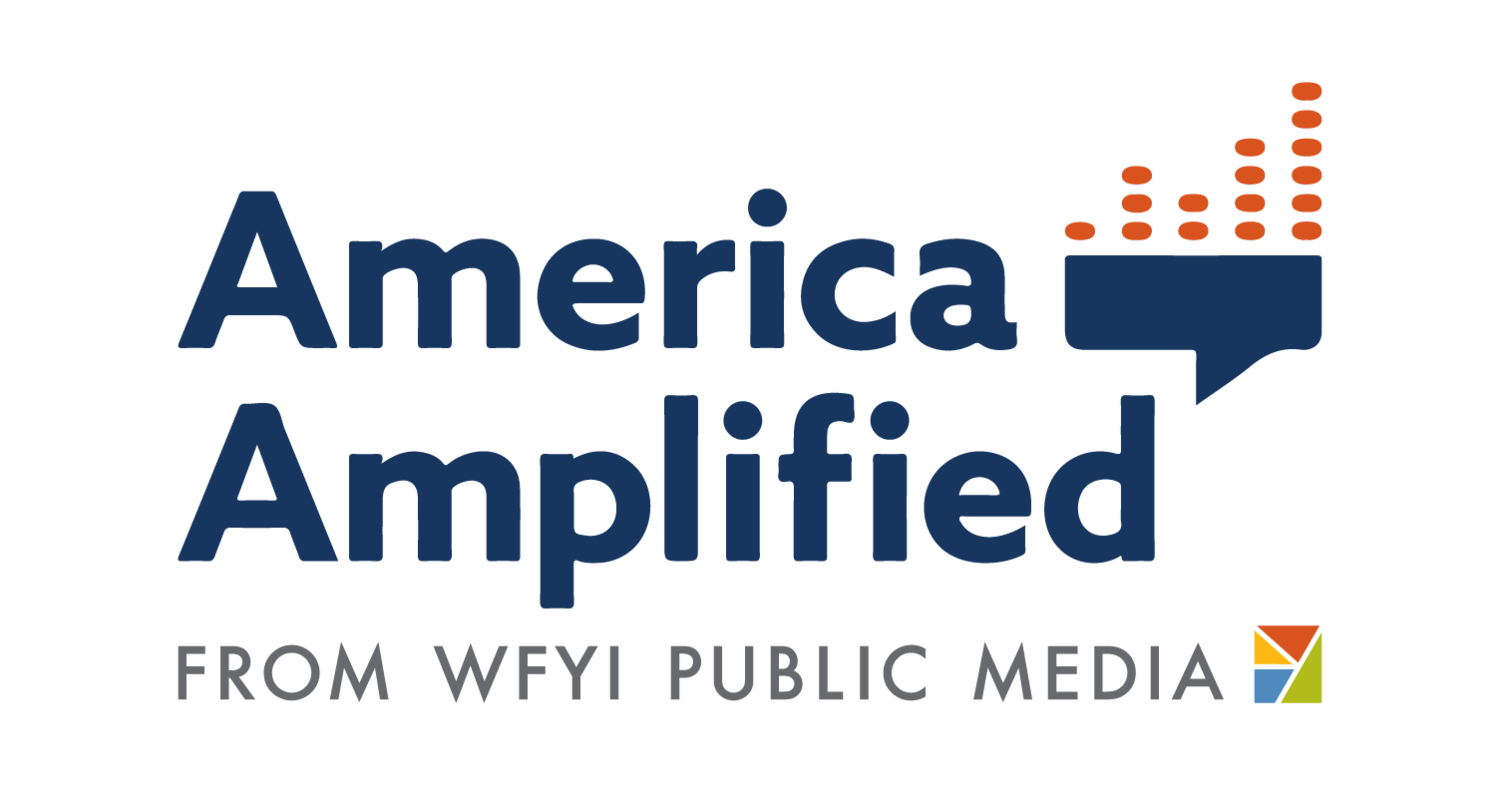
Facilitating a Culture of Engagement
Newsroom Leadership
Journalism
Community engagement is a strategy to source and fuel your content. It is also fundamentally a means to discover and meet a community’s information needs and tell stories that matter to them.
Use audit results.
Set specific goals for increasing diversity of sources and embed it into reporters’ workflow and job expectations.
Be flexible.
Give reporters time to engage before they are expected to produce a story and consider different platforms to reach communities who are not listening to your broadcast or visiting your website — they’re on WhatsApp, or TikTok or Instagram!
Create new types of content.
Consider launching new content products such as newsletters or texting groups for under-served communities or communities you want to reach.
Crowdsource stories to reflect the community.
Allow the communities to produce or record their own stories in the form of audio diaries without narration and embolden communities to produce journalism that you can share.
Identify a community’s assets.
Encourage reporters and producers to approach engagement with new communities by listening for community assets in addition to needs or problems. By prioritizing what is working well and what makes that community proud, they will be able to tell more authentic stories.
Foster a culture of communication and collaboration.
Bring your team together regularly to discuss what they are hearing in their daily reporting as well as during listening sessions or community events to help each other identify throughlines and trends. Work with reporters one-on-one to turn insights and discoveries into stories. Small insights into a community can lead to opportunities to meet an information need.
Partner with the community.
Your reporters can work well with individual community members and leaders, but they may not have time to find and foster relationships with organizations or other news outlets serving a community. As news director, you can deepen the engagement work your newsroom is doing and help it reach a broader audience by forming strategic partnerships.
Partner with other media or nonprofits to share resources and story ideas, and to reach communities you currently are not serving. Develop a content sharing agreement in which you exchange stories to post on each other’s websites, exposing both to more readers than they would likely reach otherwise.
Research the platforms that communities use to get information and find out who on your staff is interested in experimenting with these different platforms.
Look for non-English language communities you want to reach and find bilingual staff who could assist in that effort. Consider partnering with a news organization that publishes in the language of that community and agree to share content or even share a reporter.
-
Learn how Detroit’s Outlier Media is meeting information needs through texting.
Documenters works with Outlier Media and has a program to train citizen journalists.
Community Engagement In Practice: NHPR in New Hampshire launched a Spanish newscast on WhatsApp.
Learn more about newsletter strategy for public media
Read about how KCUR set up a system to critique itself.
How to engage and report
The basic principle in community engaged journalism is to follow where your sources lead. When creating content, try to be experimental with how you tell and frame stories.
Here are a few other things to keep in mind:
Be patient.
Building trust takes time. Enter the space (physical or digital) with an open mind and a willingness to accept what the community members share with you.
If their information is inaccurate, rather than correcting them, focus on finding out how they developed this perspective.
Listen for community joys, celebrations and strengths.
Engage with communities by listening for the good and the bad. But, as always, let the community take the lead. Don’t force a narrative. If a community is grieving, don’t push joy. By telling both kinds of stories, you’ll foster trust.
Discover the information needs of your community.
What information about local life, community issues, civic governance, voting mechanics, school admission regulations, taxes, evacuation routes, road repairs, stop signs, climate change, etc. etc. does your community need to know? What stories are missing, what critical information needs are not being met? Find out what this community is eager to learn about and create resources and/or stories that meet those needs.
Some engagement style tips to consider:
Put your recorder/notebook away at first to encourage deep listening, and to establish transparency.
Throw away your assumptions. Have people describe their community to you.
Be OK with silence; give people time to process.
Ask each community member you meet for recommendations of other people to talk to.
-
Read more about how a reporter in Pittsburgh built trust with community members in the city’s Hill District.
Read about how North State Public Radio in Chico, CA, and Austin PBS assessed and addressed information needs in their local communities in this blog post.
Watch this webinar with Madeleine Baer of El Timpano to learn more about assessing and mapping a community’s information needs.
CASE STUDY: Austin PBS used community engagement strategies to find out what an unincorporated community outside city limits needed to know. They created this Del Valle Resource Guide in response.
CASE STUDY: North State Public Radio in Chico, California, wanted to learn more about what their communities knew about wildfire evacuation routes. They created a community survey and shared it widely, and then reported a series of stories about emergency preparedness.
Quick Tip: Engagement Style Tips to Consider
Put your recorder/notebook away at first to encourage deep listening, and to establish transparency.
Throw away your assumptions. Have people describe their community to you.
Be OK with silence; give people time to process.
Seek out community assets and strengths, rather than the problems.
Be transparent about your newsroom, your journalists, and your reporting process when in conversation. Ask, “what else do you need to know about us and our process?”
Set up a process to come back to this same community for feedback on the stories you write and produce. Respond to that feedback with more stories.
Ask each community member you meet for recommendations of other people to talk to.
Create innovative community engagement journalism
If you work at a public radio station, radio features and spots may be your bread and butter. But community engaged journalism requires platform flexibility. Some communities get content through Facebook or WhatsApp; others may prefer on-demand digital content. Be nimble and flexible about which platforms and story formats are appropriate for which content.
Audio Features:
Use tape in the lead. Include a montage of voices of people you met with host intro so it sounds like you’re passing the mic, in a way.
Find ways to be transparent in your script. Share behind-the-scenes work or record narration in the field as the role of an observer.
Highlight tape that complicates existing narratives. Unearth underlying values, especially of extreme viewpoints.
Audio Diaries:
Let people tell their own story. Rather than interviewing a source, let them record on their own, like a diary entry. Post a detailed how-to on your site about how people can send in recordings of themselves.
Launch a series. Is there a topic or collective experience in the community that you could gather diaries around? Many stations did this around the pandemic with plans to continue.
Two-ways:
Prioritize tape in two-ways. Introduce us to community members.
Do a two-way with a community member. Have a talk show host interviewing both you and the community member.
Flip the script and invite a community member to interview you in a two-way. They could ask you about your process as a journalist, or to share your goals for engaging with their community, etc.
Digital stories:
Consider FAQs. An FAQ provides a service and is the easiest way to turn engagement into a story.
Try infographics. If statistics are integral to your story, produce graphics to enhance your points.
Translate the story. If there is a large community in your area for whom English is not the dominant language, offer a translation.
Most importantly: Think outside the box. Be bold.
Can you find a way to partner with a community member or group to co-create something together?
Is audio the best medium for the story you’ve uncovered? Consider community art installations, digital photo stories, or even a live storytelling event!
-
Watch how, In 2020, WITF collaborated with a community group to co-create the “Toward Racial Justice” video series.
Watch how WFYI partnered with the Indianapolis Recorder, a local newspaper, to produce the “Where Do We Go From Here?” televised series.
Read about how WUSF’s Daylina Miller builds partnerships with local Black media groups to improve their station’s reach: From Community Partners to News Series: WUSF’s Latest Engagement Journalism Project Highlights Black Mental Health
Read how reporter Ed Mahon of WITF found the “human element” through engagement in reporting on COVID.
Watch our webinar on Translating Engagement Into Journalism.
Check out Trusting News for a wealth of tips on how to explain the journalistic process to your audience, including how to add transparency with a behind-the-story Q&A.
Check out some reporting tips here: How to record and send your own audio diaries and Using infographics to tell stories
Quick Tip: Have Fun with Content!
We all know the old (old school!) adage: No news is bad news, bad news is good news, good news is no news. But really, in these polarizing and violent times, good news can actually be good news, and audiences appreciate a light and local take on what’s happening in their community.
Station Example: North Country Public Radio
In upstate New York, NCPR used their texting club to ask folks in the middle of summer where the best ice cream could be found in the north country (text ICE CREAM to 555-123-4567)! Then, they made a North Country Ice Cream Map based on recommendations and shared stories on the air of what they learned from the responses.
Very quickly dozens more cast their votes and, after a month their texting club list had grown by over 100 new members. According to engagement producer Amy Feiereisel: “people love to help build something, and goofy, silly ideas can be an amazing way to build audience.”
Ready to continue your journey?
You are here.








